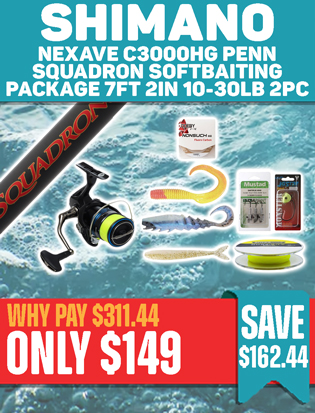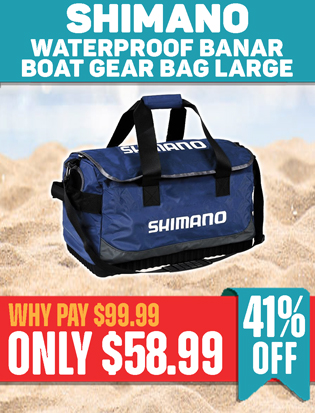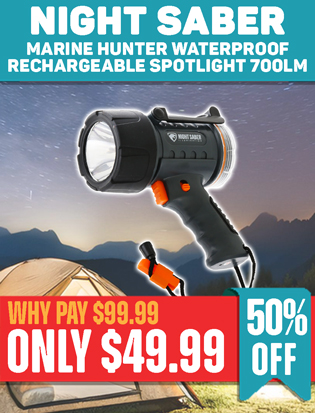- Shop our Range ▼
-
How Can We Help You?
Give Us A Call 0800 633 257
Or get us to call you...
Note: Our shop is open Monday to Friday 8:00am to 6:00pm, Saturday 8:00am to 5:00pm and Sunday 10:00am to 4:00pm (closed public holidays).
- Fast Shipping with CourierPost 95% orders shipped same day*
- Full Warranty We'll refund, repair or replace your item*
- No Worries Returns Submit a request, receive our return label & ship it back
- Lowest Price Guarantee Find a lower price, we'll match it or we can do better!
- Massive Range 21,000+ products in stock ready to ship!
Hooks
Bait Hooks (37)
Beak / Octopus Hooks (117)
Circle / Recurve Hooks (123)
Double / Treble Hooks (110)
Dry Fly Hooks (13)
Game Hooks (69)
Jigging Hooks (159)
Live Bait Hooks (75)
Long Shank Hooks (15)
Longline Hooks (23)
Nymph Hooks (47)
Trout Hooks (53)
Tools & Accessories (17)
Your Best Deals on Hooks...
Hook shape
There are two basic hooks shapes, all with subtle variances within these two shapes.Octopus (Beak) Hook Octopus or beak hooks are the traditional hook style with the point of the barb of the hook pointing up and not intruding on the ‘gap’ of the hook. Striking your rod proves to be the best way to set these hooks into the fish mouth. Beak hooks are fantastic to stray line with.
Recurve (Circle) Hook commonly known as circle hooks are becoming increasingly popular. They feature a barb that's shaped back towards the shank of the hook, effectively making it look like a ‘circle’. These are ‘self-setting’ hooks as they roll into the corner of the fish’s mouth once bitten. You do'nt need to strike your rod to set these hooks. Recurve hooks dramatically increase the rate of lip hooking fish, keeping the fish in good condition for release. The most popular variance of this is the Tainawa long line hook. Circle hooks are phenomenally good for land based fishing due to their self-setting nature not requiring striking of the hooks, which can become difficult when surf casting.
Hook size
Hook size is the hardest to recommend as there is a mixture of personal preference alongside what targeted species you are after as to what hook you require. If you are fishing for smaller fish with a softer mouth such as terakihi a smaller hook (anything from 1/0-3/0) is recommended. The majority of Snapper fishing is done with hooks varying from 4/0-7/0. However up to a 10/0 can be used if you are targeting those big moochers. Another Kiwi favourite, the Kingfish, should typically be hunted down using an 8/0-10/0 live bait hook with a thicker gauge (if you are jigging, smaller, but high tensile carbon, jigging hooks are available). For anything bigger (i.e. Tuna, Marlin etc) your hook size will fully be dependent upon where you are fishing and your target species. If you are unsure of what size to use, please feel free to ask one of our experts.Other factors
Other factors to include when deciding what hook to buy are; the gauge (thickness) of the hook, its sharpness and quality of materials. The gauge of the hook is a good indicator to how easily the hook can penetrate the fish’s mouth (along with sharpness). The thinner the gauge, the finer point it will have and the easier it will penetrate the fish’s mouth. Thin gauge hooks not only help with setting the hook but also help aid a natural bait presentation. However, a thin gauge hook should only be selected if it is not being used on fish with enough power to crack or snap this thin hook. Thicker gauge hooks (such as live bait hooks) should be used on bigger more powerful fish, such as Kingfish. The gauge of the hook also helps determine the sharpness of the hook for the same reasons as already discussed. On top of this, a good hook will be chemically sharpened as they won’t tend to go dull as fast as a machine sharpened hook. Finding out what type of material your hook is made out of can be very hard, yet very vital if you want a top of the run hook. High tensile carbon can be found in plenty of good hooks and in many different styles. High tensile carbon allows the hooks to have a thin gauge yet remain very stiff and resilient to even the biggest and most powerful fish.-
Gamakatsu Octopus Circle Hooks 1/0 Qty 6
 Why pay $9.99ONLY $6.99SAVE $3.00!
Why pay $9.99ONLY $6.99SAVE $3.00!In Stock
-
Wasabi Tackle Red Suicide Hooks Value Pack
 Why pay $26.05FROM $23.99SAVE $2.06!
Why pay $26.05FROM $23.99SAVE $2.06! -
Gamakatsu Octopus Circle Hooks Value Pack Qty 25
 Why pay $29.99FROM $19.47SAVE $10.52!
Why pay $29.99FROM $19.47SAVE $10.52!In Stock
-
Black Magic Inline Eye Assist Hook Size 01 Qty 10
 ONLY $9.99
ONLY $9.99In Stock
-
Black Magic Inline Eye Assist Hook Size 04 Qty 10
 ONLY $9.99
ONLY $9.99In Stock
-
Black Magic Inline Eye Assist Hook Size 02 Qty 10
 ONLY $9.99
ONLY $9.99In Stock
-
BKK SF8090-HG Heavy Jigging Assist Hooks
 Why pay $22.99FROM $14.99SAVE $8.00!
Why pay $22.99FROM $14.99SAVE $8.00!In Stock
-
BKK Kajiki Light Trolling Hooks
 Why pay $20.00FROM $18.99SAVE $1.01!
Why pay $20.00FROM $18.99SAVE $1.01!
-
BKK Deep Jigging Hook
 Why pay $21.99FROM $14.99SAVE $7.00!
Why pay $21.99FROM $14.99SAVE $7.00! -
HANAK Competition H230BL Barbless Fly Hook Qty 25
 FROM $9.99
FROM $9.99 -
HANAK Competition H45XH Barbed Hook
 FROM $9.99
FROM $9.99In Stock
-
HANAK Competition H450BL Jig Superb Barbless Fly Hooks
 FROM $11.99
FROM $11.99
-
Ocean's Legacy Stinger Twin Assist Hooks Qty 3
 FROM $15.99
FROM $15.99 -
Gamakatsu Tuned Jigging Hooks
 Why pay $28.00FROM $19.99SAVE $8.01!
Why pay $28.00FROM $19.99SAVE $8.01! -
VMC Predator Inline Single Hooks
 Why pay $14.10FROM $12.99SAVE $1.11!
Why pay $14.10FROM $12.99SAVE $1.11! -
Black Magic Bait Holder Hooks Small Pack
 Why pay $9.99FROM $6.99SAVE $3.00!
Why pay $9.99FROM $6.99SAVE $3.00!In Stock
-
Mepps Thunder Bug Spinner Lure No.2 Iron Blue Treble Hook
 ONLY $15.99
ONLY $15.99Hurry! 1 left in stock
-
HANAK Competition H430BL Jig Eagle Barbless Fly Hooks Qty 25
 FROM $11.99
FROM $11.99In Stock
-
Jarvis Walker Black Suicide Hooks 100 Piece Assorted Pack
 Why pay $27.99ONLY $23.99SAVE $4.00!
Why pay $27.99ONLY $23.99SAVE $4.00!Hurry! 4 left in stock
-
Catch Stainless Steel Jig Head Assist Hook 3/0 Qty 2
 Why pay $9.99ONLY $6.99SAVE $3.00!
Why pay $9.99ONLY $6.99SAVE $3.00!In Stock














































































